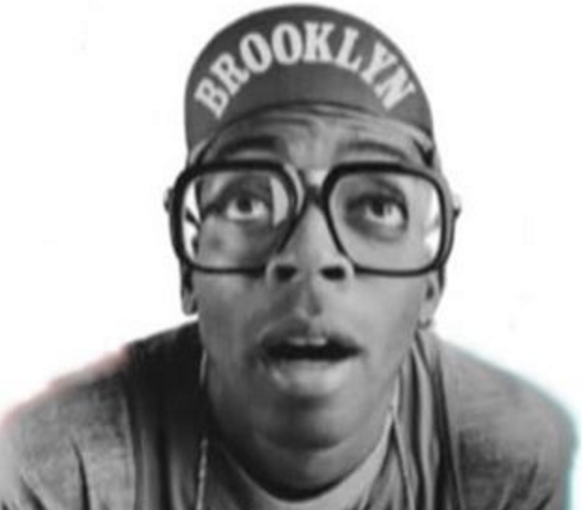
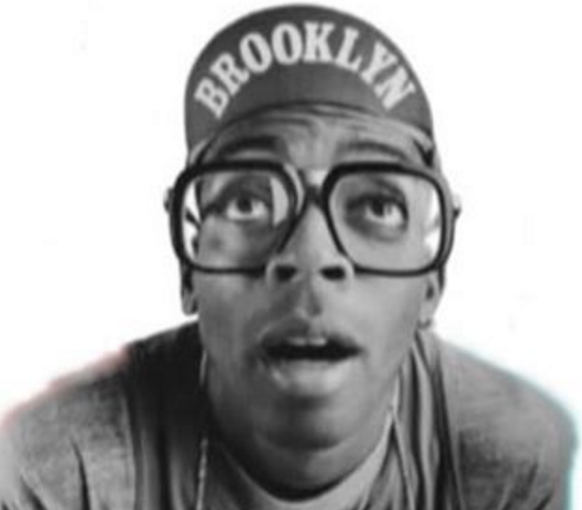
In 1985, Lee began work on his first feature film, She’s Gotta Have It. With a budget of $175,000, he shot the film in two weeks. When the film was released in 1986, it grossed over $7,000,000 at the U.S. box office.
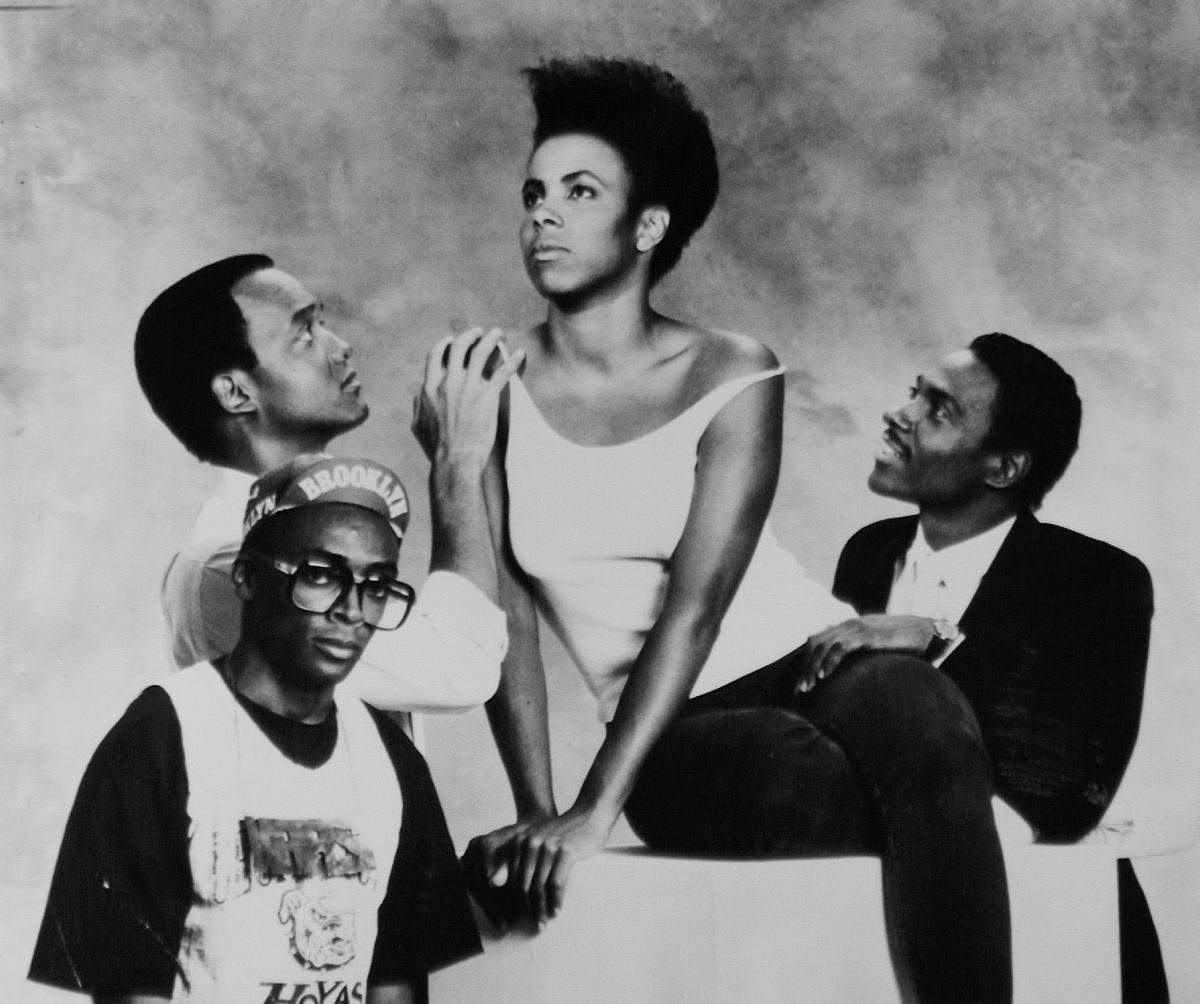
The movie focuses on the iconic character Nola Darling; a young, attractive Brooklynite who juggles three suitors: the polite and well-meaning Jamie Overstreet; the self-obsessed model Greer Childs; and the immature, motor-mouthed Mars Blackmon. Nola is attracted to the best in each of them, but refuses to commit to any of them, cherishing her personal freedom instead, while each man wants her for himself. Nola’s voice has been described as the most revolutionary element in the film, a representation of the struggle African American women faced in society at the time.
The film catalyzed the Fort Greene, Brooklyn neighborhood where it was shot. Lee portrayed the neighborhood as a vibrant cosmopolitan community where successful African Americans thrived, focusing not only on Nola and her struggles, but also on local children, residents, and graffiti. Fort Greene Park was the setting of much of the movie, and is portrayed as a comfortable place for the characters. People were encouraged to investigate the area’s public spaces and viewers in other places investigated similar thriving public spaces of community importance.
Following the film’s release, media attention was drawn to Brooklyn, and to its artists and musicians – which served to ultimately hasten gentrification of the borough.
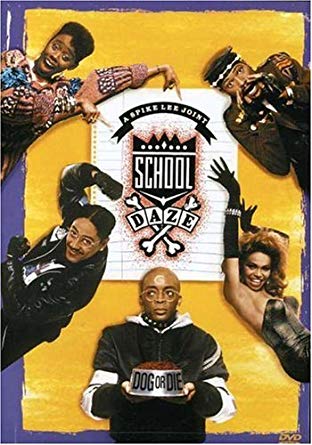
In 1988, Lee released School Daze. Based in part on Spike Lee’s experiences at Atlanta’s Morehouse College, Spelman College, Morris Brown College and Clark Atlanta University, it is a story about fraternity and sorority members clashing with other students at a historically black college during homecoming weekend. It also touches upon issues of colorism and hair texture bias within the African-American community.
Good and Bad Hair
Lee arranged for the two groups of actors to stay in separate hotels during filming. The actors playing the “wannabees” were given better accommodations than the ones playing the “jigaboos.” This favoritism contributed to tension on the set, which showed in the on-camera animosity between the two camps. (The producers used a similar tactic in filming Animal House, with similar results.) In School Daze, the method approach yielded strong results — the fight that occurs at the step show between Dap’s crew and the Gammas was not in the script. On the day the scene was shot, the fight broke out between the two sides. Lee ordered the cameras to keep rolling.
Step Show fight scene
Officials of Morehouse, Spelman, and Clark Atlanta University asked Lee to stop filming on the campuses before he completed his work because the colleges’ Boards of Directors had concerns on how he was portraying the historically black colleges in the film. Lee had to finish filming at the neighboring Morris Brown College.
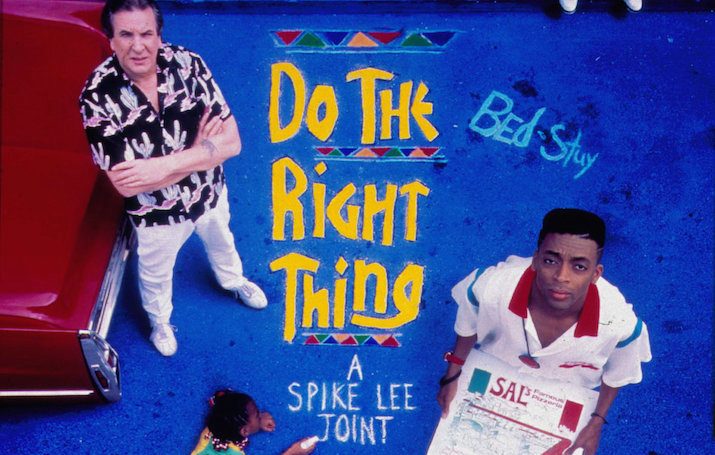
Lee’s 1989 film Do the Right Thing was nominated for an Academy Award for Best Original Screenplay in 1989. Many critics also believed that Do the Right Thing deserved a Best Picture nomination. Driving Miss Daisy won Best Picture that year. Lee said in an April 7, 2006 interview with New York magazine that the other film’s success, which he thought was based on safe stereotypes, hurt him more than if his film had not been nominated for an award.
In 1999, the film was deemed “culturally, historically, and aesthetically significant” in its first year of eligibility by the Library of Congress and was selected for preservation in the National Film Registry.
Spike Lee first got the idea for the film after watching the Alfred Hitchcock Presents episode “Shopping for Death” where the main characters discuss their theory that hot weather increases violent tendencies. He was also inspired by the Howard Beach racial incident and the shooting of Eleanor Bumpurs. Lee wrote the screenplay in two weeks. The story follows a Brooklyn neighborhood’s simmering racial tension, which culminates in tragedy on a hot summer day.
The film was released to protests from many reviewers, and it was openly stated in several newspapers that the film could incite black audiences to riot. John Kroll, in Newsweek, called Do the Right Thing “dynamite”, which would provoke “young urban audiences- black and white”. David Denby, writing for New York, also vocalized his concern, suggesting “parts of his audience” might go “wild” after seeing this “celebration of violence”. And, Joe Klein, in Time, went even further by comparing Lee to the Central Park Five speculating that the two events would be the “next major hindrance to the mending of ethnic relations in New York City”.
Lee was often classed as a dangerous provocateur, a rogue and race-monger. Do the Right Thing frightened many in this regard, such sentiments being evident from the get-go, when he gave a press conference at the Cannes film festival on May 19th, the 64th birthday of Malcolm X. Repeatedly pressed to defend his views, while sporting a t-shirt honoring the late-activist.
Lee criticized white reviewers for implying that black audiences were incapable of restraining themselves while watching a fictional motion picture. In a 2014 interview Lee stated “That still bugs the shit out of me,” calling the remarks “outrageous, egregious and, I think, racist,” and further elaborating, “I don’t remember people saying people were going to come out of theatres killing people after they watched Arnold Schwarzenegger films.”
One of many questions at the end of the film is whether the characater Mookie “does the right thing” when he throws the garbage can through the window, thus inciting the riot that destroys Sal’s pizzeria. Critics have seen Mookie’s action both as an action that saves Sal’s life, by redirecting the crowd’s anger away from Sal to his property, and as an “irresponsible encouragement to enact violence”. The question is directly raised by the contradictory quotations that end the film, one advocating nonviolence, the other advocating violent self-defense in response to oppression.
Spike Lee has remarked that he has only ever been asked by white viewers whether Mookie did the right thing; black viewers do not ask the question. Lee believes the key point is that Mookie was angry at the death of Radio Raheem, and that viewers who question the riot’s justification are implicitly failing to see the difference between property and the life of a black man.
